Carmen Fracchia, Professor of Hispanic Art History, Cultures & Languages, School of Arts, reflects on her recent book tour and the emotive nature of the response to her book in considering the experience of Black people in Spain.

Flemish painter, Baptism of the Ethiopian Eunuch. Book of Hours of Charles V, do l. 82r. Brussels or Malines, c. 1519, Österreichische, Nationalbibliothek
On 2 October, I was invited to present my new book ‘Black but Human: Slavery and Visual Art in Hapsburg Spain, 1480-1700’ (Oxford: OUP, 2019) at the University of Lincoln (UK) to celebrate Black History Month, together with two poets, one visual artist, and an art historian. I found this event, UT PICTURA POESIS: An Evening of Poetry, Art and Art History, deeply emotional.
Organised by Dr Laura Fernández-González (School of History and Heritage), the title emerged from her belief in the power of images, following the steps of Horace’s maxime, ‘as is painting, so is poetry.’ Her aim, however, was to show new work produced as a case study on how to construct a ‘new anti-racist Art and Architectural History’. Her brief was followed by the presentation of the three artists by the art historian Michael Ohajuru, a TV personality and director of The John Blanke Project.
In my view, the most unexpected feature of the evening, was the poem ‘Negro pero humano’ (‘Black but Human’) by the literary activist, editor, publisher, and, award-winning poet, Kadija Sesay MBE. It was one of her two extremely powerful poems, written specifically for this event as a response to my book, to its title, and to two images of her choice, The Miracle of the Black Leg and The Baptism of the Ethiopian Eunuch.
The first part of the title of my book, ‘Black but Human’, was an Afro-Hispanic proverb and the prism from which I tried to foreground the forgotten presence of Africans and their descendants in the visual form in early modern Spain. This proverb also allowed me to explore the emergence of the ‘enslaved subject’ and the ‘emancipated subject’ in Spanish portraiture.
This saying, that was circulated in the Afro-Spanish oral tradition and appropriated by well-known Hispanic poets, such as Luis de Góngora in Spain and Juana Inés de la Cruz in Mexico, was also written by enslaved and liberated Africans, as the findings of anonymous black carols, in 2004, testify.
‘Black but Human’ encodes the paradoxical nature of what it meant to be a ‘black’ person in ‘white’ Spain, between 1480-1700. To be ‘black’, as I have recently written in my blog, ‘How long do we need to wait to acknowledge that black people are no longer our slaves?, ‘meant to be a chattel, a piece of property, to be hired, bought and sold as a precious commodity at auctions; to become objects of material exchange: traded to save the donor’s soul, gifts, dowry, and, heritage; money to pay debts, to settle accounts in lieu of mortgages, and rents.
To be a black person meant to be owned by a slave master and to suffer punishment at any sign of rebellion against this complete dehumanization in a society where the word ‘black’ and the physical appearance of blackness were signifiers of the specific social condition of slavery. Besides, to be a black person also meant to become a strategic resource for the colonization of the New World.’ Africans were also considered ‘children of God’ as they had a soul that was whitened by the transformative powers of baptism. Christianity made them equal to Spaniards, but only in the spiritual realm.
Kadija’s beautiful poems encapsulated the ideological, painful, and contradictory position of Africans in the Spanish empire that I explored in my book, perfectly. Her poems set up the emotional barometer of the Lincoln event that was strengthened by the topical work made by the visual artist Victoria Burgher. In her presentation, she showed ten temporary works made with ‘colonial commodities’, like sugar and cotton to ‘re-examine white-washed narratives of empire’ and as a critique to the British Transatlantic Slavery in the Caribbean and in the UK. This strong visual presentation was complemented by the speed and cascade of words by international media activist and poet-educator Mark Thompson’s brilliant performance of his personal and historical poems, that brought the energy and anger of the young.
The last half of the evening was followed by the conversation between Michael and I about my book. We discussed the historical amnesia of the African presence in today’s Spain; the title of my book; the visual representation of the Miracle of the Black Leg, as the metaphor of the violence of slavery and the roots of contemporary racism in the Hispanic world; the portraits of the enslaved Juan de Pareja (c.1606, Antequera, Málaga–c.1670, Madrid) by his owner, the court painter Diego Velázquez; Pareja’s self-portrait, as a freedman, in his painting The Calling of Saint Matthew, and, the urgent need to recover the Afro-Hispanic contribution to the Hispanic culture.
This event was attended by approximately 80 people and generated so many questions from the numerous national and international attendees (students, academics, museums curators, filmmakers, artists, writers, among many others) that time was not enough to address all of them.



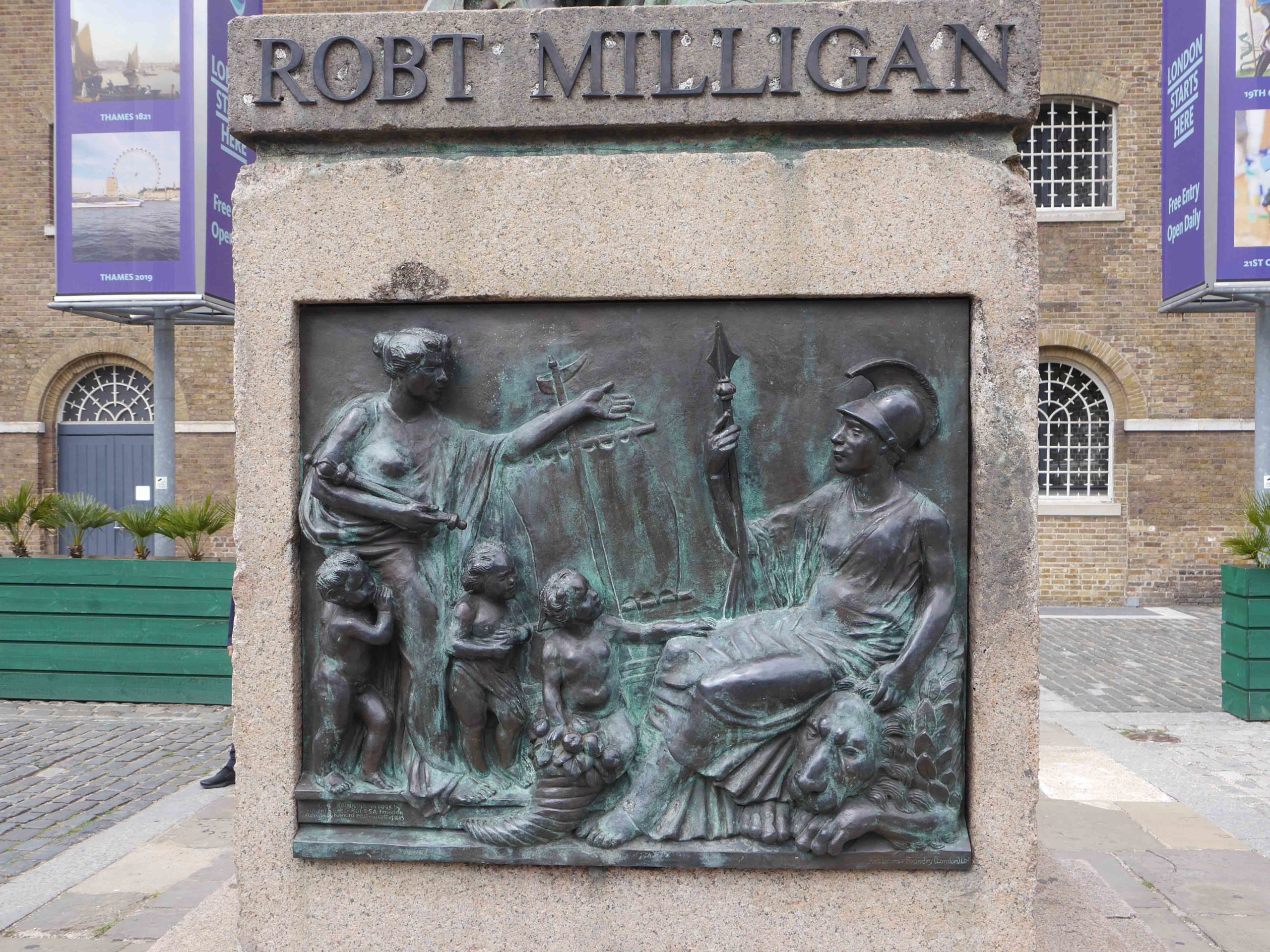
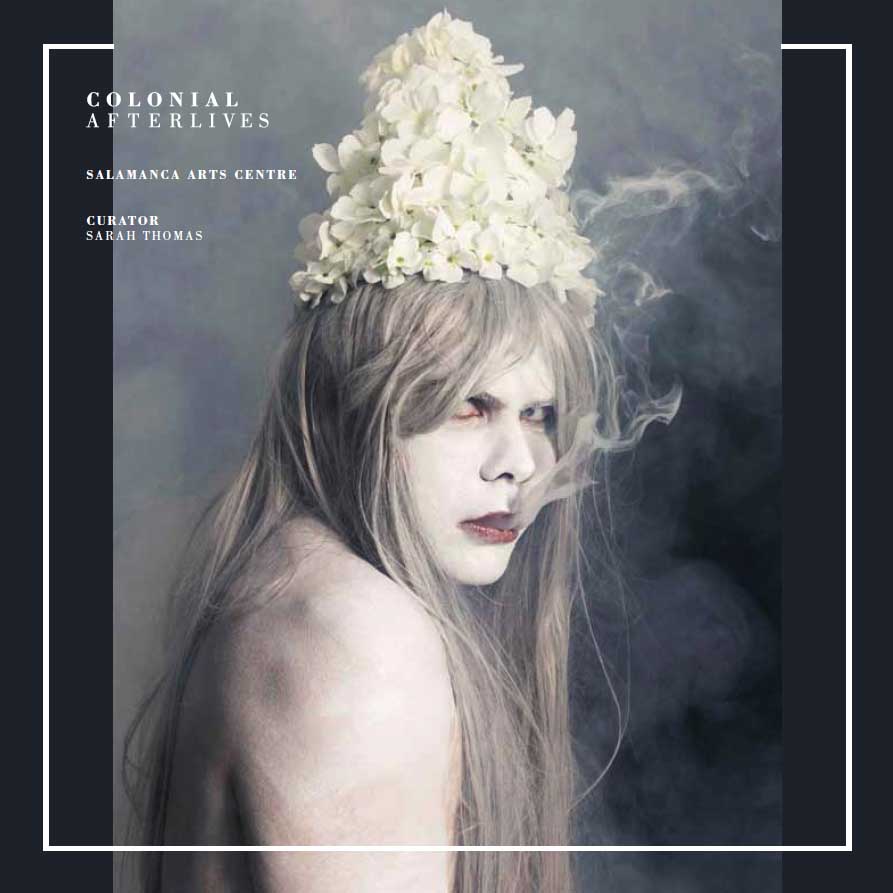
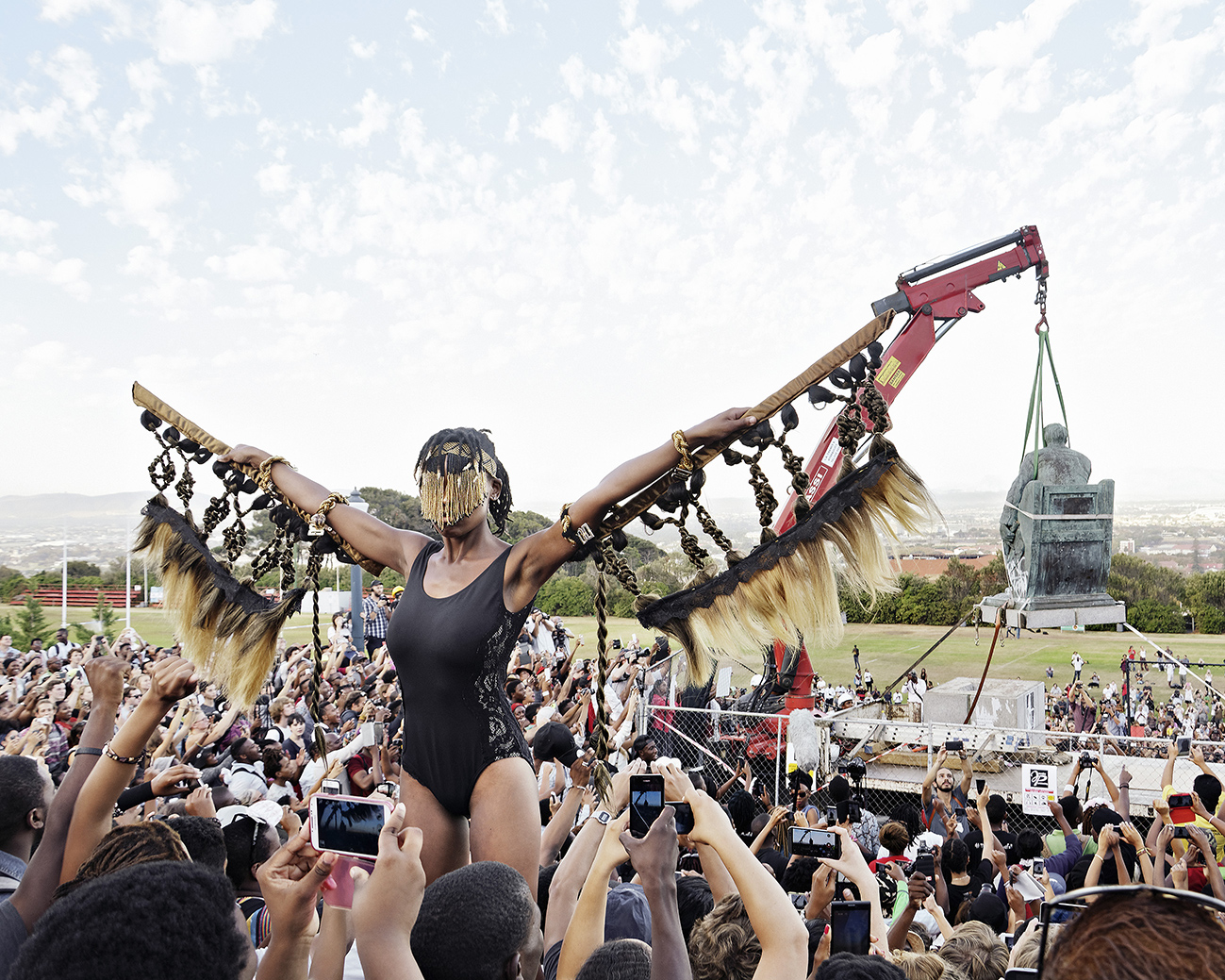
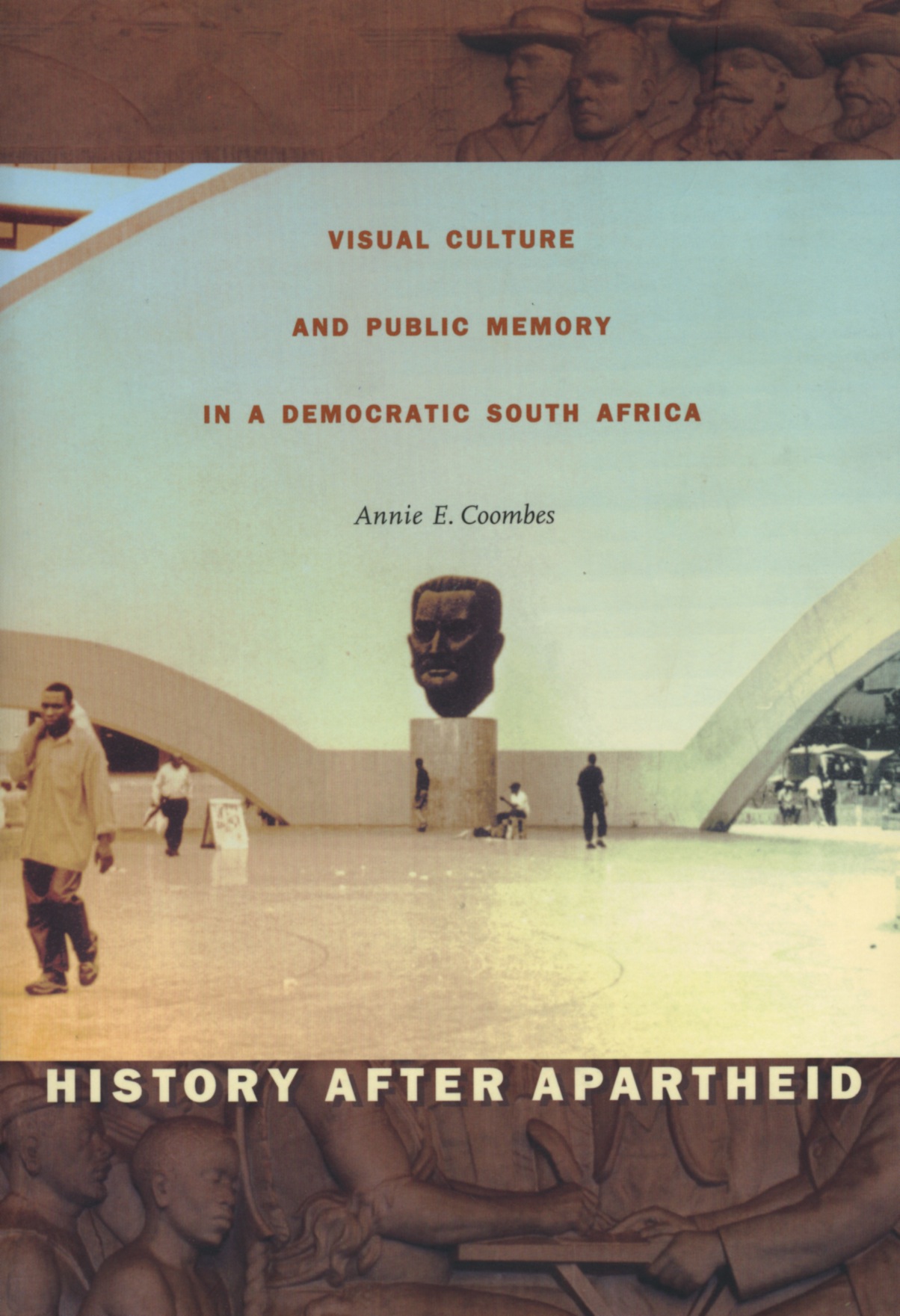

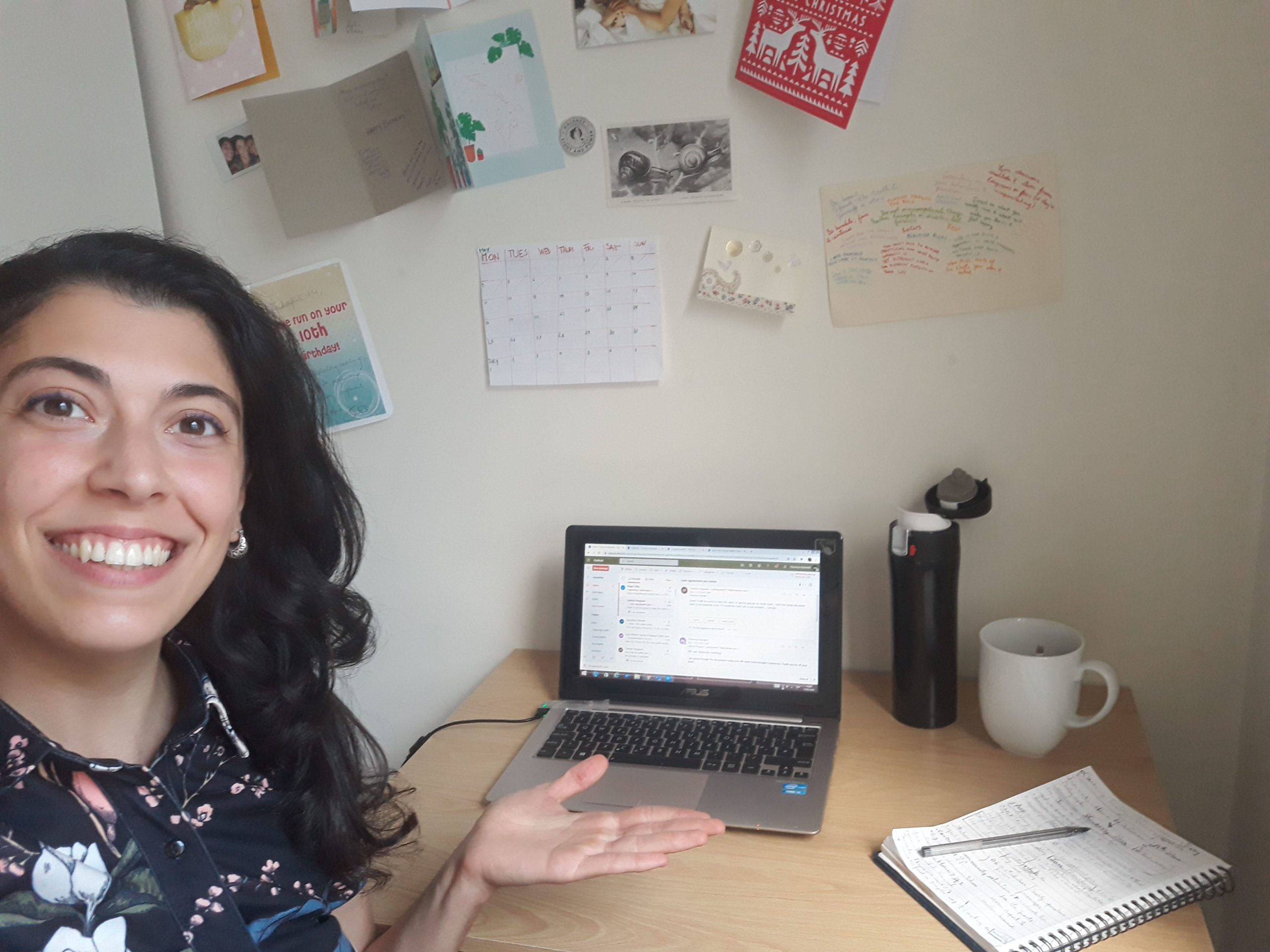
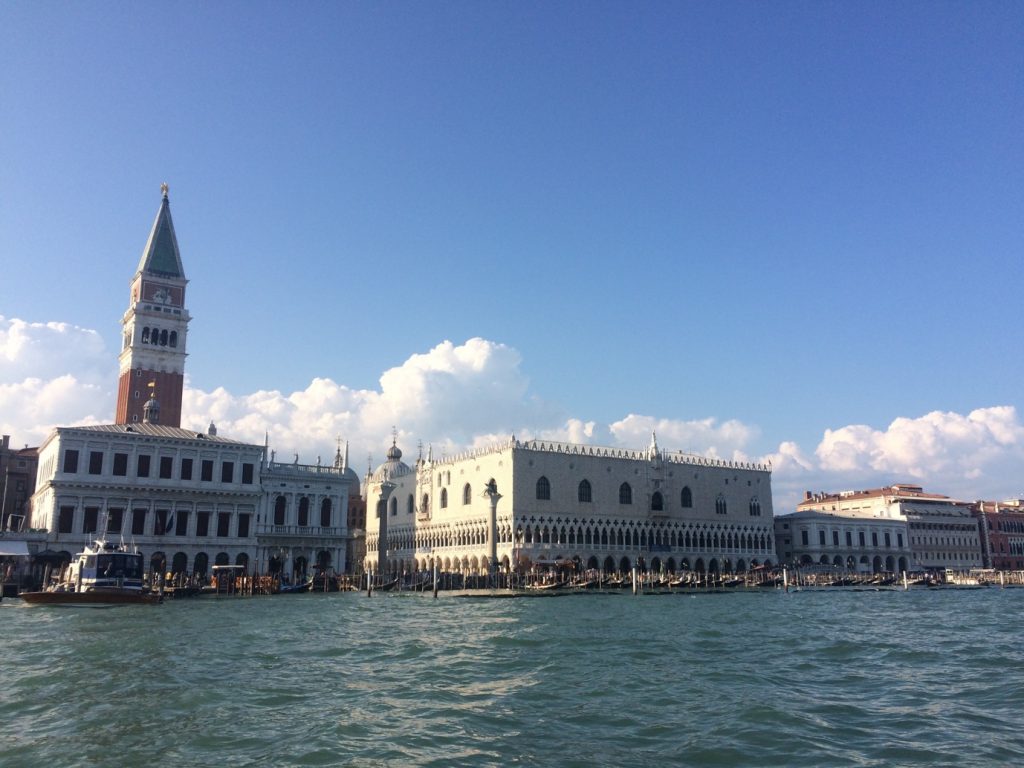
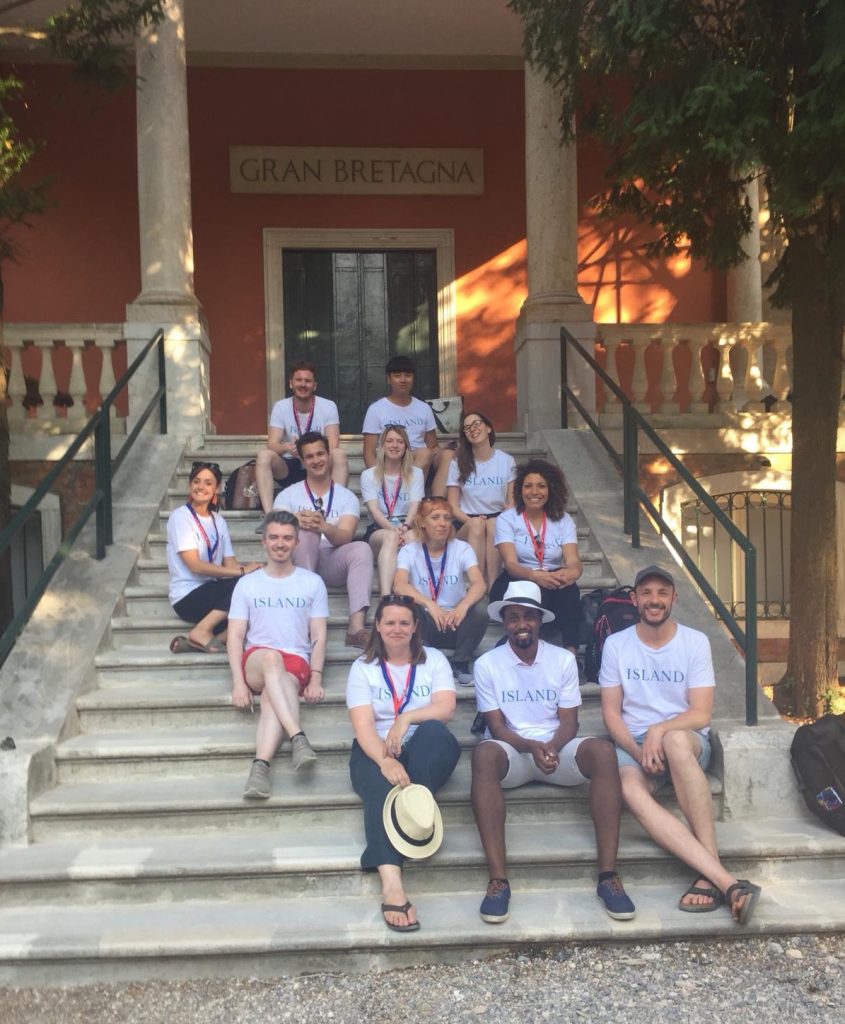 Upon my return to London, our group of fellows continued the discourse and organised an exhibition in August, held at a temporary space in Shoreditch. And it didn’t stop there; The British Council is keen to organise another show in the new year, featuring the research outcomes of Venice Fellows. I didn’t imagine that so many further opportunities would come along from this encounter.
Upon my return to London, our group of fellows continued the discourse and organised an exhibition in August, held at a temporary space in Shoreditch. And it didn’t stop there; The British Council is keen to organise another show in the new year, featuring the research outcomes of Venice Fellows. I didn’t imagine that so many further opportunities would come along from this encounter. Dr Dominic Janes
Dr Dominic Janes